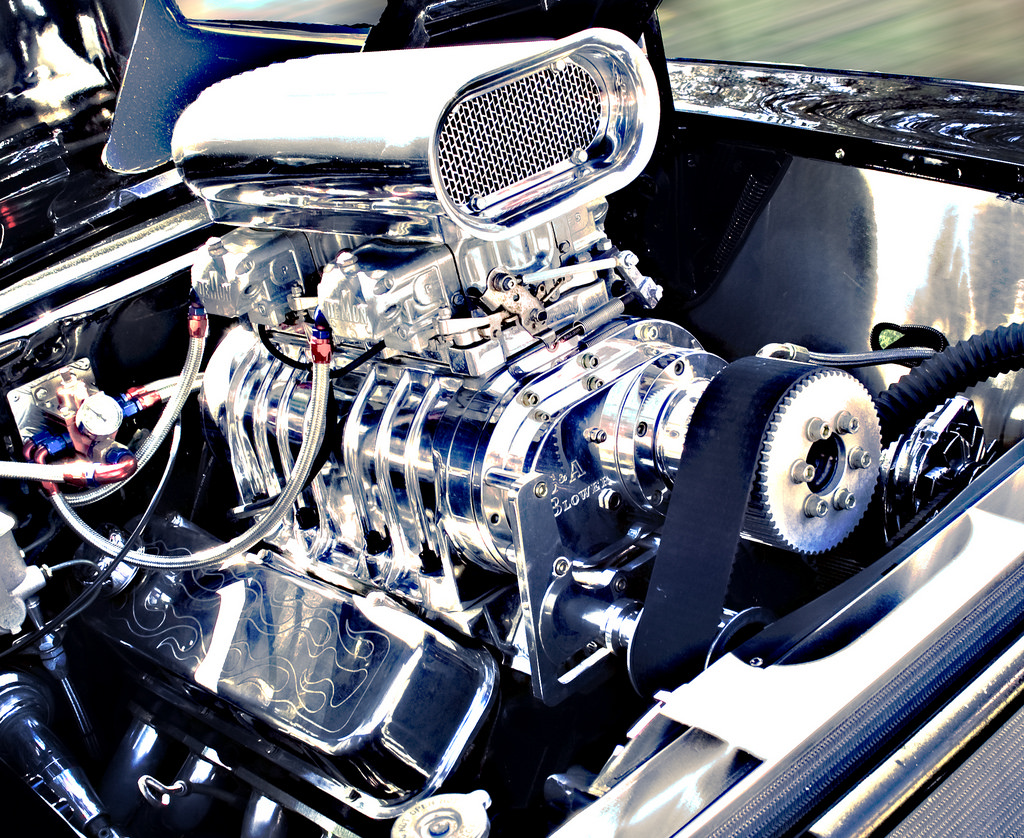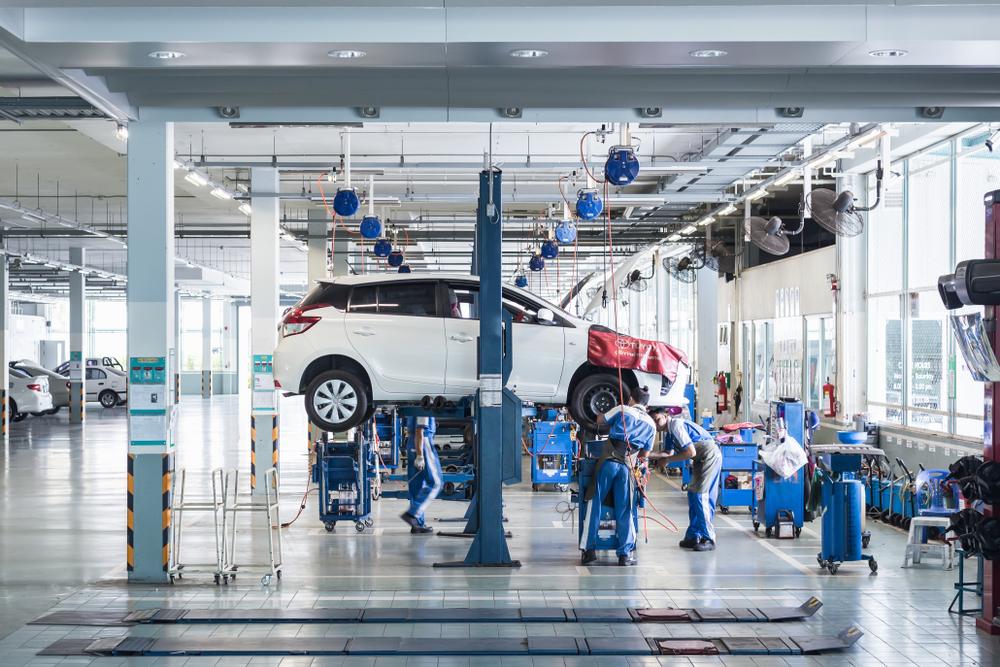Very often, misfires and backfires are related or are symptoms of the same or similar problems. Let’s look at what a misfire is, what a backfire is, and then the diagnostic methods you can use to diagnose the most common reasons for either condition.
What is a Misfire?
A misfire is when one or more cylinders of the engine fail to fire (combust the fuel). A misfire can happen for many reasons, including spark delivery problems, fuel delivery problems, timing issues, and more.
When an engine misfires, it will run roughly and sometimes have an audible “chug” or on the miss.
What is a Backfire?
Backfiring happens when combustion happens in the intake of the engine rather than the chamber, causing a type of misfire in the engine. After-fire, also often confused with backfire and used in this article as synonymous, is when combustion takes place in the exhaust or when pressure builds up in the exhaust and then suddenly releases. Most people are familiar with the loud “bang” of a badly backfiring car, but a backfire can also be a “chug” or “poot” from the exhaust as well. These smaller backfires are sometimes confused with misfires.
Common causes for misfire and backfire
There are three common reasons that a misfire or back/aftterfire occurs. They are:
- Poor ignition timing.
- Bent valves
- Incorrect firing order.
Diagnosing a misfire and backfire
Timing can be affected by mis-aligned belts, bent camshafts, and any of a number of things that have changed the way the ignition, fuel, and air delivery are accomplished. Worn camshaft lobes, broken or worn valve springs, bad rockers, etc. can all be a culprit.
Bent valves on either the intake or exhaust side can be to blame as well and can be caused by several events, including broken valves (which can happen when they fail), Valves can become bent when cylinder head bolts are over-torqued, when the cylinder head warps, or during the removal or installation of a cylinder head.
An incorrect firing order happens when the spark plug wires are crossed or misdirected or when the controller for the firing order is misaligned (such as a wrongly-placed distributor or cap or misprogrammed computer or spark coil).
Testing for any of these requires starting with the basics and narrowing the issue. We will assume that engine codes have been pulled from the computer and noted. Most likely there will be P01.. and P03.. codes for lean-running and misfire (respectively), depending on whether you have a misfire or backfire or both.
Start with a vacuum and compression test. If the problem is physical (broken or bent valve), a compression test will show variance in the cylinder which has the valve issue. This is an easy test to perform and can diagnose a lot of problems, whether they are misfire/backfire related or not.
Check spark. Test each of your spark plugs to ensure that they’re all firing. They should also be firing in the correct order. Make sure they have proper gap and are not showing signs of other issues such as being coated in fuel or oil.
Move on to intake problems. To further rule out valves and related issues involving air and fuel intake, check all of the standard mechanical equipment involved in the air and fuel intake process. Begin with air, since it is easier, and look at the mass airflow sensor (MAF) and clean it if it’s dirty. If possible, do a pressure test on the intake manifold to test for leaks as well.
Next, do a fuel pressure test. You’re making sure that fuel delivery is correct and as expected. Leave the fuel pressure gauge attached for the next test.
Check fuel injectors. Using a node light or power probe, test each fuel injector for both power/on and to see if the injectors are working (injecting fuel). If you have the proper equipment, you should also test for timing of injection, which may be off (due to delay or computer problems) on that injector.
It’s very likely that one of these tests pinpointed your problem. A vacuum test tells you whether the issue is mechanical (bad valves) while the est of the tests check spark, timing, fuel, and air. Any of these alone or in combination can cause misfire and many of them can cause backfire or afterfire.







